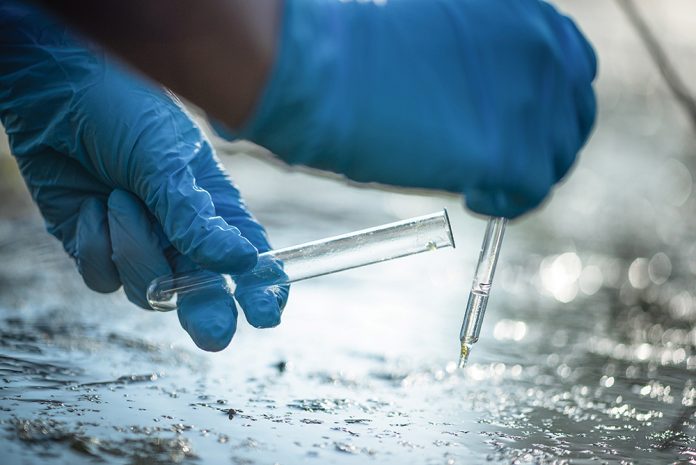By Dr Calum Preece, Environmental product manager, Elementar UK.
The UK government’s environmental policy saw an ambitious overhaul in 2023 with the introduction of the Environmental Improvement Plan, which sets binding targets for a variety of relevant stakeholders – including the UK water utilities industry.
The guidelines identify the removal of nitrate from natural waterways as a key priority. Nitrogen pollution is on the rise and it can be extremely difficult to reverse the effects when a watercourse is contaminated. An overabundance of nitrogen or phosphorus in groundwater can lead to algal blooms, anoxic waters, and the suffocation of fish and ecosystems.
The government’s environment policy will introduce enhanced transparency and monitoring mechanisms for the water and utilities sectors, and we believe that stable isotope analysis could offer important insights in the fight against nitrogen pollution. The data generated through this process can be used to identify the sources and cycling of environmental nitrogen and hold those responsible for pollution to account. However, the methods for the stable isotope analysis of dissolved nitrate have historically made this difficult.
Sample preparation was time-consuming, analysis required highly specialised combinations of expertise, and in some cases, the process generated hazardous toxic waste byproducts. As such, very few labs around the world developed the capacity to offer this analysis as a service. This meant that even when the data was available, it was expensive, and unsuitable as a standard for water quality monitoring. However, this could soon be set to change, thanks to developments in the science behind the preparation of samples for stable isotope analysis.
How has stable isotope analysis changed, and what could this mean for water monitoring?
In 2019, a paper was published by Drs Mark Altabet and Leonard Wassenaar that outlined an innovative new method for the stable isotope analysis of dissolved nitrate. The method dramatically simplifies sample preparation and overcomes practically every downside of existing methods – which could mean that stable isotopes become a much bigger element of nitrogen monitoring in the near future.
Describing the method he helped to develop, Dr Wassenaar said: “It is very, very easy. It can be done in any laboratory, doesn’t require specialised laboratory infrastructure, and doesn’t produce toxic waste. The chemicals are readily available and very cheap. It’s almost a perfect solution.”
As such, we expect to see far greater uptake of nitrate stable isotope analysis over the next few years, as the barriers to entry for even small labs have all but disappeared. This means that the monitoring of stable isotopes could become a vital part of the way that wastewater treatment and environmental pollution trends are evaluated.
From our perspective, this increased reliance on stable isotope analysis would be extremely valuable. The stable isotopes of nitrogen can give us important information about the sources of pollution, the effectiveness of wastewater treatment processes and the most impactful steps we can take to fight groundwater pollution in areas where it is causing serious environmental challenges.
What could stable isotope analysis provide for the UK water industry?
The most important change that might arise from the development of this new method is the use of stable isotope analysis in water monitoring – Dr Wassenaar believes that this is one of the key applications of his research. He said: “There’s a golden opportunity here to measure the isotopes of nitrate along with the concentration. You could incorporate this into your monitoring network and get a new insight into the sources of nitrate, or how it has been reprocessed in a stream, watershed or groundwater system.”
The ability to identify the origin points and sources of nitrate in samples taken from environmental water will allow researchers to determine those responsible for releasing excess nitrates into groundwater. This may give water treatment facilities an opportunity to improve their processes and ensure that more pollutants are effectively removed from treated water before it is released back into the environment.
Another application for the method is determining how to respond and tackle pollution when it reaches levels that pose a risk to the local ecosystem. Nitrogen is a nutrient used by plants and bacteria, and in a process called denitrification, nitrates move through a cycle that transforms them into inert atmospheric nitrogen (N2). This gas is harmless and makes up around 78% of the Earth’s atmosphere, meaning that it is not a pollutant.
With stable isotope analysis, it is possible to measure nitrate at different points along the flowpath of a watercourse, and researchers can determine whether the system has the capacity to remove excess nitrate through these biological processes, or whether targeted action is needed to tackle pollution.



